A Phono Stage That is Classically Minimalist But World Class in Execution
The incredible shrinking man says, "Tired of reading rave reviews of audio products? Then I suggest you stop reading this now!"
If you've ever longed for a "tube-like" sounding solid state phono stage in an ultra compact enclosure that could accommodate 2 arm/cartridges (one dedicated MM, 1 dedicated MM via single-ended RCA connections) with both RCA and balanced outputs, a full compliment of loading options and capable of accommodation an MC cartridge with as low as 0.04mV output (Audio Note owners rejoice!), priced at under $6,000 (as of last tariff review) then your and my dreams have been realized!
The new Grimm Audio PW1 is a sleek & sexy ultra-advanced (through design and execution) product. Although ultra high end phono stages can cost upwards of $80,000, modern technology along with innovative design has brought the cost of many high end audio products considerably down, and I find that the financial sweet spot for near world class performance in the phono stage world to be in the 5-7k range, which makes this performance level accessible to a lot more discerning vinyl addicts than ever before. The current list price of the PW! Is $5,800!
The PW in the model name has 2 references: “Phono Wizard” & its creator Peter Van Willenswaard. When I first saw the PW1 I fell in love with the aesthetics alone. To call it minimalist is to overstate the obvious.
Imagine a phono stage that is no bigger than the cardboard container of a bottle of Johnny Walker Blue (measuring 10” x 4” x 4”) that produces sound that is equally smooth!
It's a unit so conveniently diminutive, it could sit alongside your turntable. A unit in which the dip switch adjustments for all loading parameters and gain on the underside of the sleek 4’ x 4” x 10” black chassis weighing in at a little over 7lbs., can be easily accessed while listening to a record.
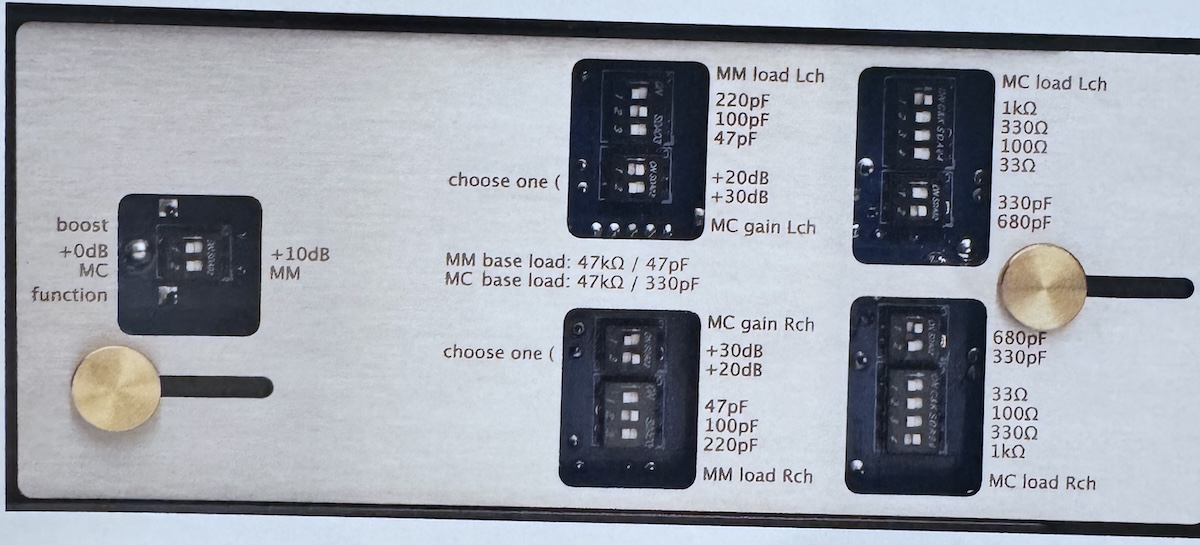
The location of the dip switches and all the associated circuitry take the absolute shortest possible signal path. There are no visible controls. All you see is a black unit which could be confused with some kind of digital switching box as opposed to a complex piece of analog engineering, which is what it is.
There are a number of single chassis phono stages but none like this. The challenges of phono stage development and execution is best addressed directly by the designer Peter himself on his blog and be sure to read my interview with him at the conclusion of this review.
As I prepared to write this review of the Grimm PW-1 phono stage, it got me thinking: I have had not only a fascination with record players since my first AR Xa purchase in 1968 but with all of the associated devices needed to reproduce music extracted from the microscopic grooves pressed onto a vinyl record.
Within the first year of that purchase and based on an ad in Stereo Review magazine, I bought a RABCO SL8e tangential tonearm that ran on a cell battery, ripped out the tonearm that came with the AR and bolted the new one on the plinth. This was the beginning of my (excuse this well worn cliche) “hifi journey!”
Over the years, as my interest in analog reproduction though record playing evolved, I marveled at the distinct design choices made by its inventors. For the turntables it is for the most part belt drive vs. rim/direct drive, sprung vs. mass loaded plinths. With tonearms its length (9” !0” 12”), straight vs. “S” shaped, pivoted vs.tangential (air bearing) tracking. For cartridges its moving magnet vs moving coil vs. moving iron and now optical and finally phono stages i.e. tube vs solid state with or without a battery power supply—and now voltage gain vs transimpedance.
Yes there are sub genres to all of these options but I stated the vast majority of them. For me the subject of this review is the one that I had the most curiosity about over the years. The phono stage.
In 1984 I ‘graduated’ from a Thorens TD 124 turntable with an Ortofon moving magnet cartridge to a Kenwood KD 500D turntable, Grace 707 arm and a Denon DL-103 moving coil cartridge. I needed a preamp with a mc phono stage for the Denon so I also got a Krell PAM 3 preamp with a mc/mm input
In the ensuing years, along with the many turntable arm and cartridge changes, I owned preamps/phono stages from Klyne Audio Arts, Audio Research (several models, tubes) ), ASR Basis Exclusive (battery), E.A.T. Glo ’S’ (tube) Sim Audio Moon 810, PS Audio and, for the last 7 years my current reference, a Pass Labs XP-27.
I consider the mc phono stage, with the difficult job of raising the output from low output moving coil cartridges to a voltage that can then be amplified through a preamp or integrated amplifier as one of the great challenges in audio design in general and especially so in vinyl reproduction.
It’s not just a tube vs.solid state debate (although there certainly can be differences there) the question of power supply isolation becomes a very important challenge to overcome as well.
Over the last couple of years the more expensive phono stages have come in at least 2 chassis (sometimes 3 in the most extreme case) The control unit in one chassis and the power supplies in another.
Along with this sophistication comes with the escalating cost of manufacture that ultimately falls onto the retail market.
While the high end audio hobby doesn't necessarily demand that the participant be a lottery winner, the expense at the upper end of the vinyl playback ladder can get really crazy.
Remember the ‘old days-1995’ when Koetsu’s topped out at 7k, tonearms at 5k, turntables at 25k and phono stages at 4k?
Those days are long long gone with the most expensive turntables around 500k, tonearms at 75k, cartridges at 20k, phono stages costing $120,000+!
We, in the high end audio world, live, however, in some weird time warp of ‘better’ technology through the digital evolution colliding with an astonishing and ever evolving refinement of our love of the analog world of vinyl playback. In short, IMHO, you can get 90% there for 90% less!
Furthermore, another ancient technology once thought to be passé, the vacuum tube, has sustained itself and has (perversely IMO) even grown larger every year. The art of creating a solid state device that has the warmth of tubes has produced some incredible breakthroughs
This is a review of a clearly advanced (through design and execution) product serving those who still hold dear to a 100 year old invention: The playing of a record.
Not only do I have a passion for vinyl but I also have a passion for shrinking my audio gear rig i.e. maintaining the quality of reproduction from amps, preamps, digital players and vinyl through the advent of the latest in parts and materials. As of now I have kept the amp/pre amp separate (i have resisted an integrated amplifier but that may change in the next couple of years), My 3 chassis preamp has shrunken down to a single chassis. Advances in power supplies and internal insulation has made this possible. My current Pass XP-27 phono stage however is a 2 chassis affair taking up 2 full shelf spaces.
The Grimm PW1
The Grimm PW1 by contrast is ultra compact (you can place it next to the turntable in many cases), delivers great sound and is feature rich. The options for connecting 2 tonearms through RCA inputs (one mm and one mc) and both balanced and single ended outputs and the ease of adjusting the dip switches ingeniously situated on the bottom of the unit can be easily accessed by picking up the 7lb. Phono stage, turning it over, sliding the metal protective plate (held in place by easily turned thumbscrew) and altered on the fly.
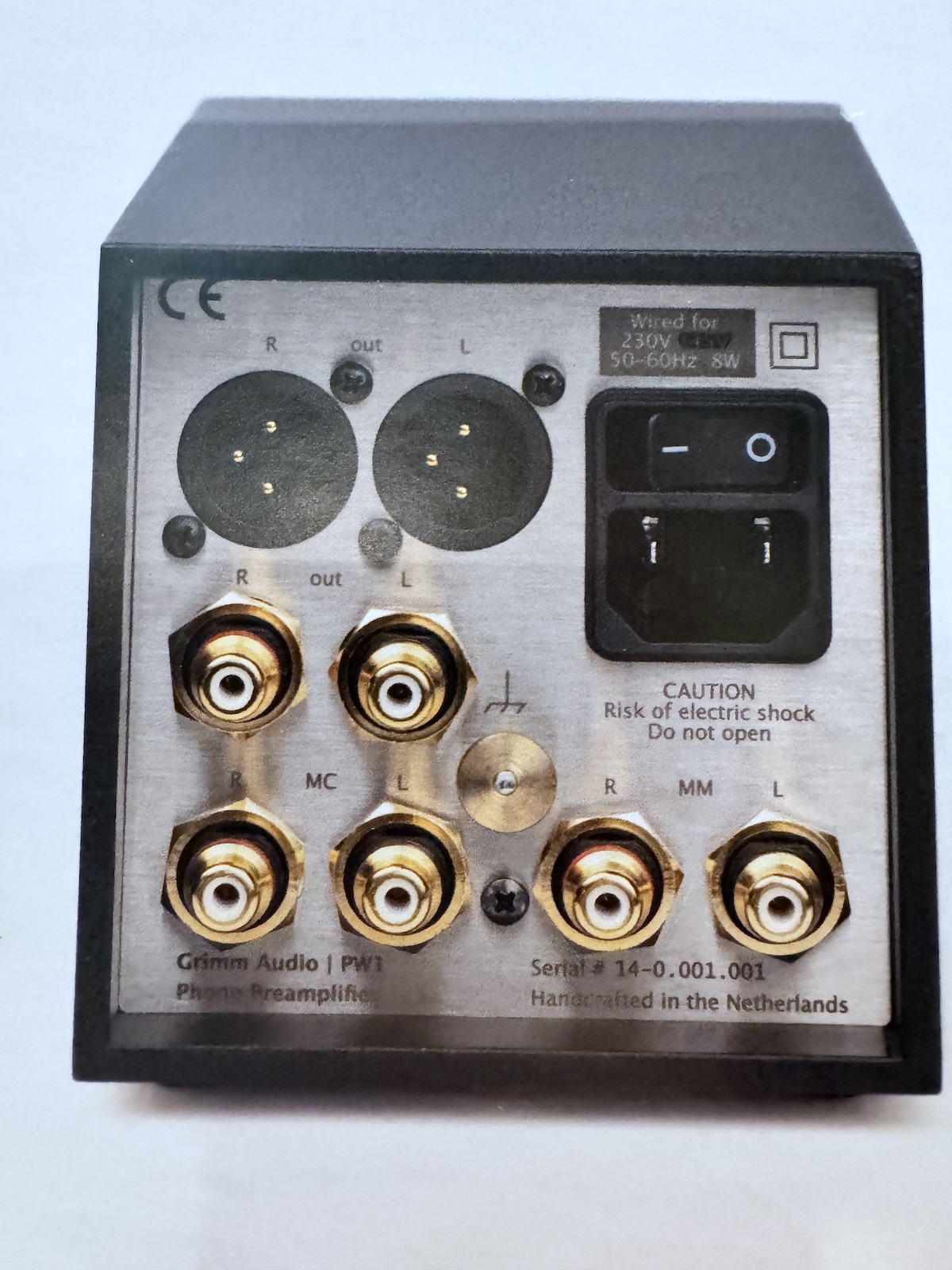
The 5 banks of dip switches cater to either mm or mc requirements for loading and gain. If there is room for improvement on the design front it lies in the ac power cord receptacle. It is too shallow for any of my aftermarket power cords. It is simply not deep enough without the weight of the robust connectors popping out. I therefore used the supplied power cord.
The instruction booklet is clear and concise and takes you through the settings. As my reference phono stage for the last 7 years has been the Pass XP27. It served as the constant comparison.
The turntable for this review is my VPI 40th anniversary direct drive with a 12” Fatboy tonearm, the cartridge is an Audio-tecnica AT-ART 20, output 0.55mV, 100ohm load and tracking force of 1.8gr
Interconnect cables from Cardas Clear & Wireworld Platinum plugged into a Luxman C-10 preamp via AQ Dragon interconnect into a Luxman M-10m power amp. Speakers used for the evaluation were a pair of Acora MBR-1’s and a pair of PS Audio Aspen FR-5’s. Speaker cable is Cardas Clear, Power cords (except where noted), Audioquest Dragon & Triode Wire Obsession all going through one Audioquest Niagra 5000 & one Niagra 3000
The Music
The first concert I ever attended was The Weavers 1963 reunion at Carnegie Hall. It so happens that that concert was recorded and I have a wonderful document of that performance (I think most of us do!_ed.)
I own both an Original Vanguard release and the Analog productions APF 005 remastered by Doug Sax, pressed by RTI, LTD edition #2700. The remaster is so much better. Clarity, separation of vocals and bass reproduction have been salvaged!
The natural hall reverb was equally well reproduced on both the Pass and Grimm units but there was a profound difference between the two on bottom. While both the Pass and Grimm were well extended on bottom, the PW1 had superior bass "character"— nimble rhythmic transients and timbral clarity rather than a less defined low level presence.
Next up, one of my favorite albums Janis Ian's Breaking Silence. I have worn out my 33 1/3 version so I just received 2 replacements, an Analog Productions 33 ⅓ version (APP-027) and a 45 Analogue Productions edition (APP-027 45).
As many years as I have spent in recording studios and hearing board mixes, I have rarely, if ever, heard an album with such dynamic range and clarity. It is a real workout for any cartridge and especially any phono stage. Differentiating the bottom end sonics—separating the bass guitar and the slide bass—is a real phono preamp test. The Pass again sounded just fine until I connected the PW1. Tonal separation, especially in the bottom region, was simply far better defined through the PW1. Both units reproduced vocals with similar sonic excellence, however.
Moving on to Neil Young Live at Massey Hall 1971 (Reprise 43329-1). When Neil tunes his Martin guitar shortly before playing ‘Helpless’ the quality of that recording always sends chills down my spine. Playing the track on the XP27 was what I remembered it being. But…changing to the PW1, the actual body of the Martin guitar made the tuning of the guitar sound more real. You could hear the top of the guitar resonate. I own a 1953 Martin & I know how special that guitar sounds. When Neil starts to sing, his voice had noticeably more body through the PW1.
The most astounding example of the ability of the PW1 to uncover and reproduce music in the grooves was just found while listening to a copy of Elton John’s Greatest Hits pressed by DCC Compact Classics Ltd edition No. 0588. Listening to the song “Rocket Man” during the second chorus, Elton’s drummer, Nigel Olsson’s bass drum footwork came blasting out of the speakers. This had to be some kind of strange defect in the mastering process of the LP which I bought and never had played. I immediately switched phono stages to the Pass and replayed the track at the same volume. No bass drum pedal. I switched back to the PW1 and there, clear as day, Nigel's pedal bounced in perfect syncopation to the bass guitar and song!
This showed me the range of this phono stage and illustrated why the bottom end fundamentals on all the recordings I've been playing were present but up until now unaccounted for.
Listening to the densely recorded Mahler-Symphonie No. 9 performed by the Berlin Philharmoniker with Leonard Bernstein conducting on the Deutsche Grammophon 486-0964 recording proved however to be inconclusive as regards to the sonic differences between the two preamps. Interestingly, going from Mahler to AC/DC proved to be the clincher for me.
The contrast between the 2 preamps made its presence known rather unexpectedly while I was listening to the AC/DC album Powerage (Atlantic Records SD 19180). Through the Pass it sounded typically congested the way low-fi late 70’s metal albums sound.
When I switched to the PW1, however, the sonics of the album changed dramatically and it sounded more like a remastered version—clearer, more dynamic and there was instrumental separation that wasn’t apparent through the Pass.
I did not have a tube preamp to compare either units to but Pass is well known for its tube-like presentation and the PW1 certainly exhibited a similar (but greater) warmth that I more expect from a tube presentation. That was the stated goal of its designer Peter Van Willenswaard.
Conclusion
Over and over, record after record the effect was similar. When I started this review I was prepared to accept, at best, a close tonal tie and say that that alone is a win for the ‘little guy’! I can’t say that at this point. There are many well reviewed phono stages that cost 10-20k compared with the $5,800 single chassis PW1, but the PW1 checked all my boxes for aesthetics and is both a sonic and financial winner and the only thing Grimm about this phono stage may be the reaction from the competition.
If this phono stage was priced at 15k I wouldn’t be shocked, but at under 6k, it's one of the great analog bargains and deserves serious consideration if this is your financial playing field. I will miss the returned review sample, but I ordered one for myself and that says it all!
Highly recommended!!!
Designer Peter Van Willenswaard answers my questions
JJF: The sleek design I'm sure had its challenges. How did you decide how the unit would look?
PW: The basic (tunnel like) shape had been chosen by Guido (our designer), the definite shape, detail and finish is the work of Michiel Uylings (who also did the MU1 cabinet).
JJF: Was it design first, execution second, price third, or a totally different order.
PW: As for the looks, quite. As for the interior, I had carte blanche. Sound quality was leading, excellent S/N ratios close second. Measurable distortion was low on the ladder (take a look at Paul Miller’s measurements of needle-in-groove distortions in his HFN reviews of cartridges). The choice of capacitors was done by listening to a range of promising candidates, same for the FETs which also had been selected on low noise, gain and overload margin. The FETs we use now are bought in large numbers and are individually measured for quality. Plus they are selected in narrow Vgs categories so we can guarantee L/R channel identity. The choice of an internal copper chassis (expensive!) was mine, it prevents eddy currents and helps a warm and lifelike sound reproduction (think: Kondo). (our mutual friend Ken Kessler reviewed the PW1 here_ed).
JJF: The complexity of solutions to all the challenges of a phono stage are well known and I really want to know how you approached this amazing piece of audio gear.
PW: Part of that is above already. I have been in audio for almost 50 years. At the time amps were narrow open-loop BW with lots of feedback, meaning complicated circuits. Then Matti Otala discovered a problem there (TIM) which he solved in a rather theoretical way. In reaction I thought it would be more elegant to design for an open-loop BW larger than needed for audio first (say 50 kHz), then apply a little feedback for lower distortion and output impedance. After a while I thought: if the circuitry itself is already good enough for audio, why still apply feedback? So I took out the FB in one of them, listened to it and was floored. Problem was: not using feedback in those times was a blasphemy, so it never became a commercial product then. But I knew what to do: KISS! I soon designed a phonostage with FET-Bipolar compound stages (no Feedback, passive RIAA) which was quite nice for the time. A few years on I discovered tubes (C-J PV-5 MV-50) and was floored again. At the time I no longer worked on the industry side but as a journalist (later for Stereophile as well) and I designed and built various tube phono stages for myself and friends.
I co-founded Grimm Audio in 2004 and retired from the board in 2013. I kept on and keep on doing technical work for GA, alongside my own one-man company AudioMagic (.nl) where I modify and repaired tube equipment for customers since 1997. It was only in 2018 that the idea for a GA phonostage surfaced. The ‘how’ was open. What I wanted was: simple stages, with just one active element if possible (KISS again). Bipolar transistors do not lend themselves for such an application (though admittedly they can be very low noise). Opamps these days are quite nice (well, some of them), but the best sounding to me are jfet-input and their noise behavior is a bit mediocre for MM and unacceptable for MC. Tubes then? Quite possible for MM, not really silent enough for MC. Plus they need to be selected for low noise, channel parity for µ and gm which for large scale production would lead to 75% or more rejection. Plus once you’ve made your choice, will this tube manufacturer be there next year, will he still use the same materials? Plus they wear and need to be replaced. So no go for this product.
Which left FETs. FETs are a lot like tubes: they sport high input impedance and their input-voltage versus output-current graphs are very similar. It took some time and trouble but I found FETs with the right gain and very fine SN ratios for both MC and MM. And yes, in the PW1 I use 1 FET for MC, 1 FET for first stage MM, then followed by passive RIAA, again 1 FET after the RIAA-network. Exactly what I wanted and it sounded beyond expectation. We added a very musical opamp at the end in order to have a buffer between the delicate FET circuitry and the wicked outside world, and also to create a low output impedance so it would deliver an unproblematic drive for longer cables.
JJF: On behalf of Tracking Angle readers, I thank you!
Specifications
Specifications
Gain (MM, MC): 37 dB, 20/30 dB
Moving Magnet
Resistance: 47 kΩ
Capacitance: 47 pF, 100 pF, 220 pF
Moving Coil
Resistance: 33 Ω, 100 Ω, 330 Ω, 47 kΩ, 1 kΩ
Capacitance: 330 pF, 680 pF
Dimensions (WHD): 3.9" x 3.9" x 9.8" (100 x 100 x 250 mm)
Weight: 7.27 lb. (3.3 kg)


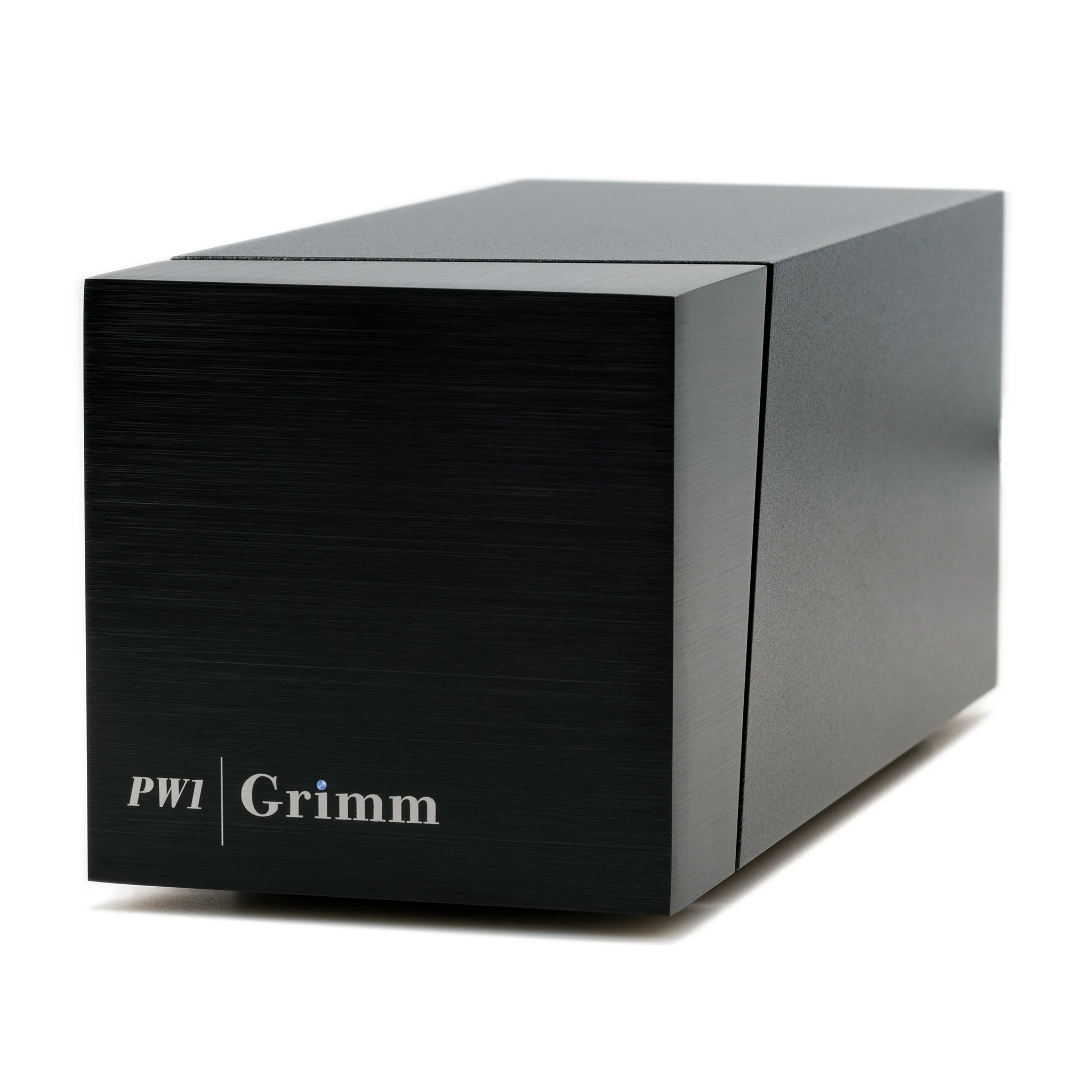

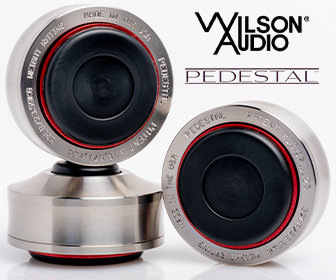
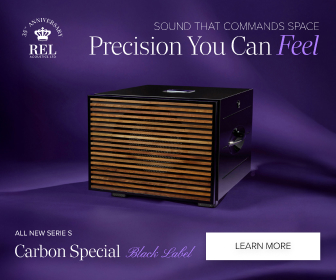
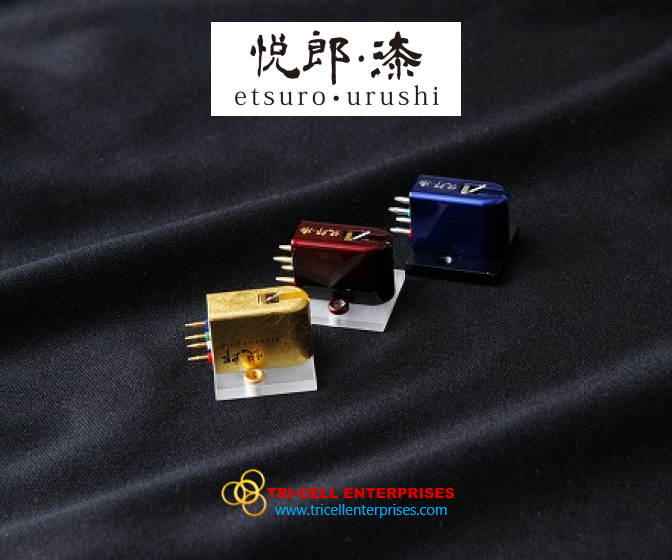

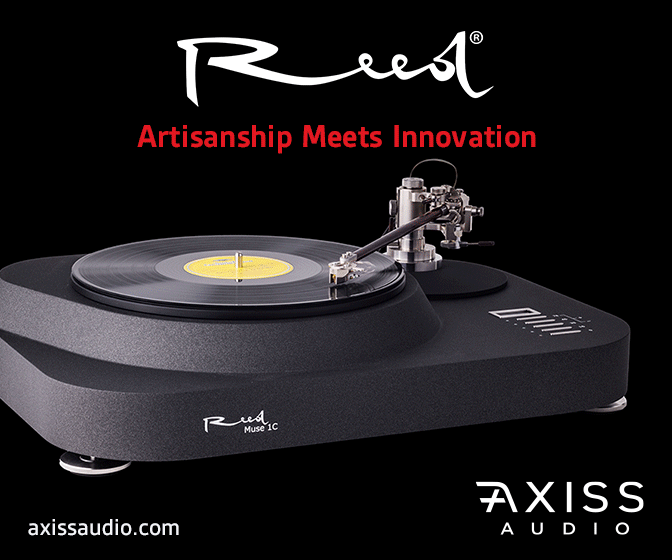
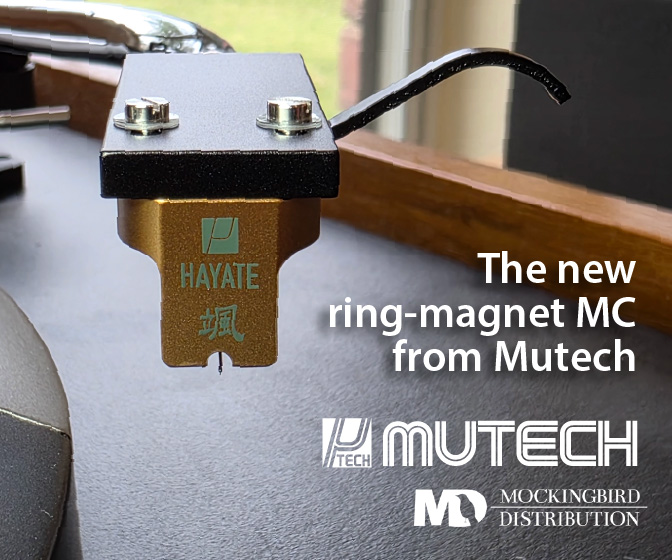
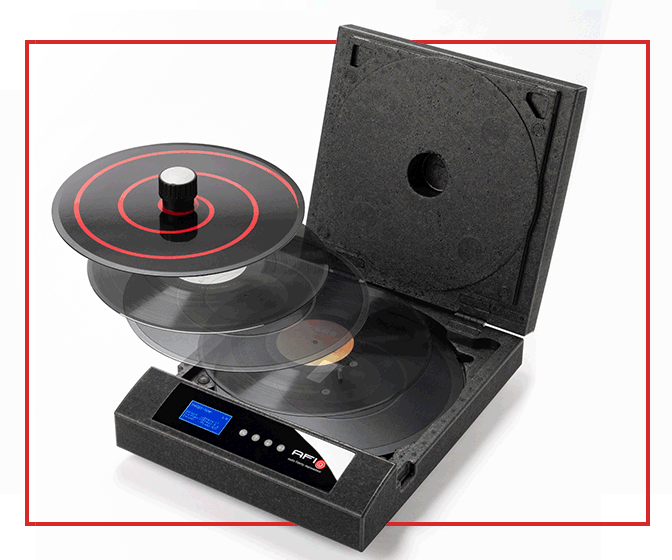
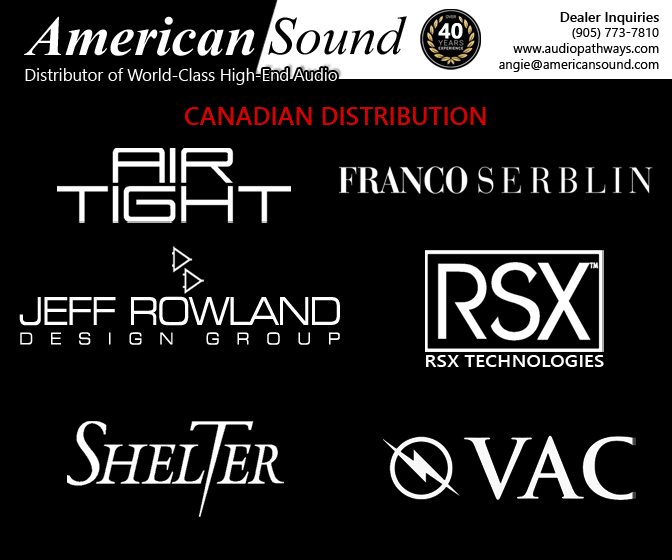
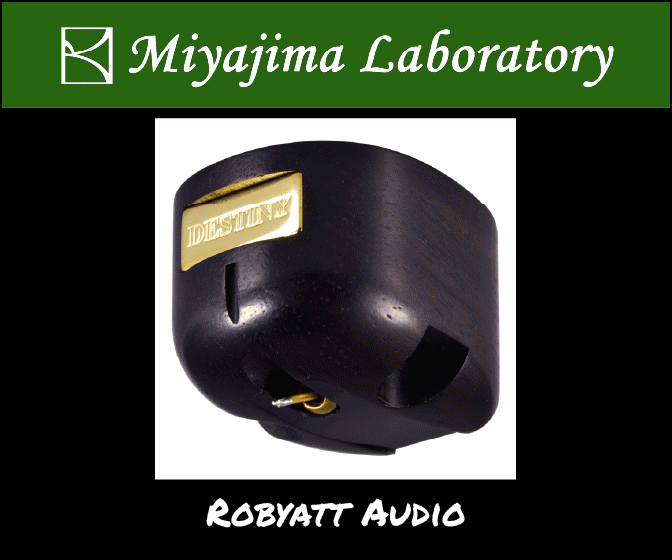



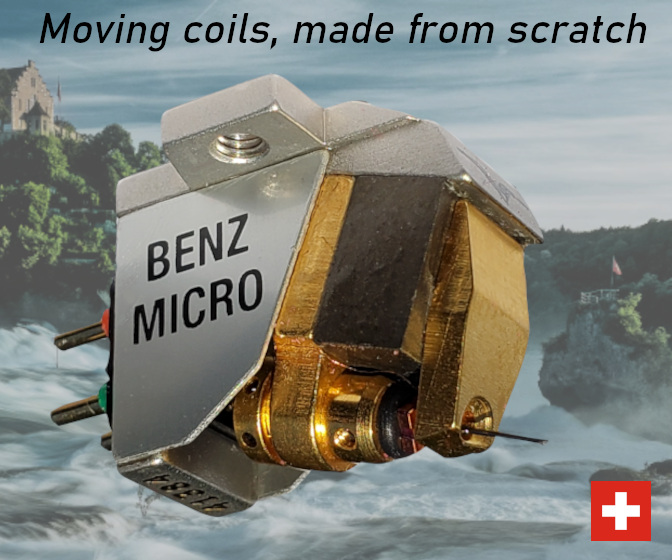
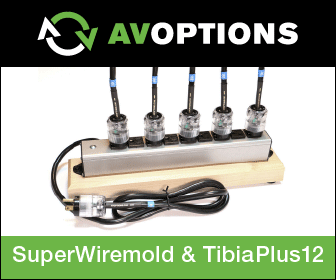
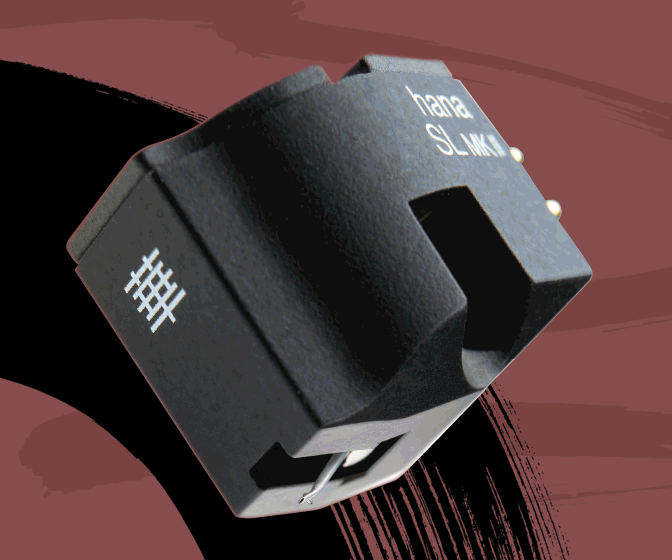
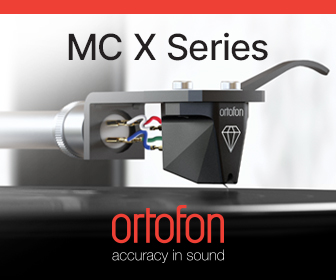
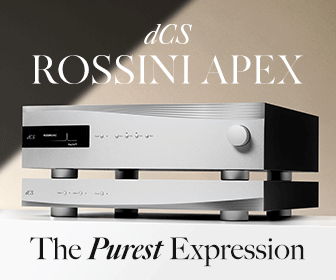
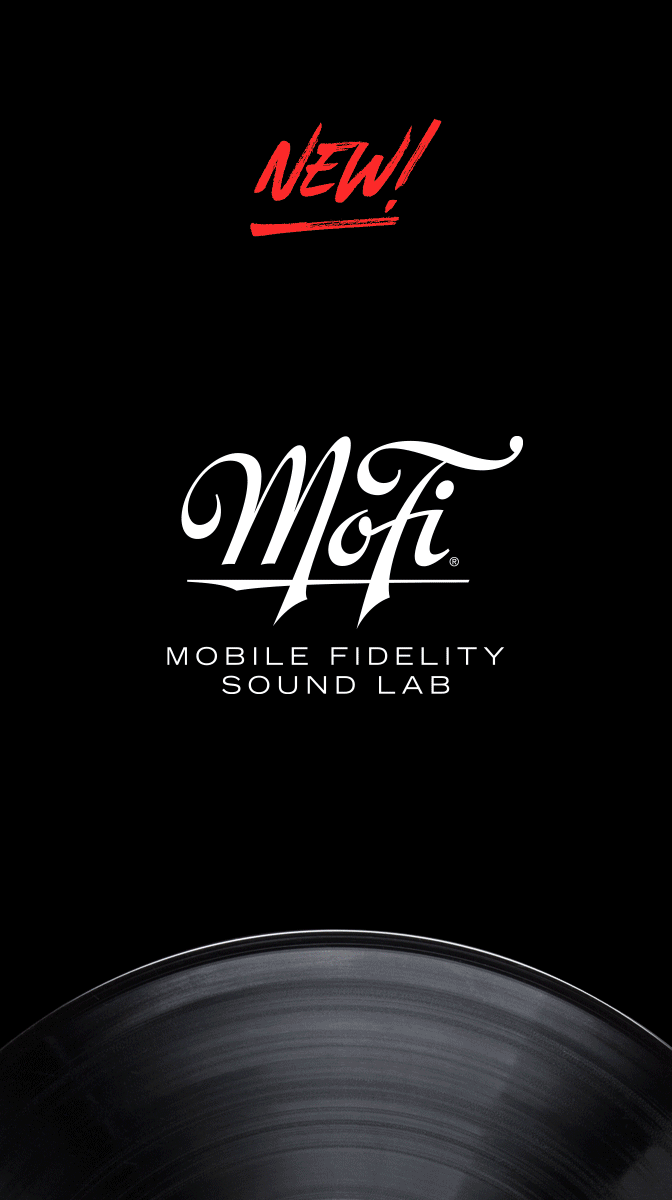
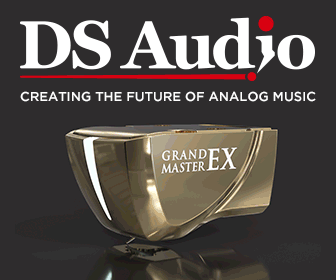
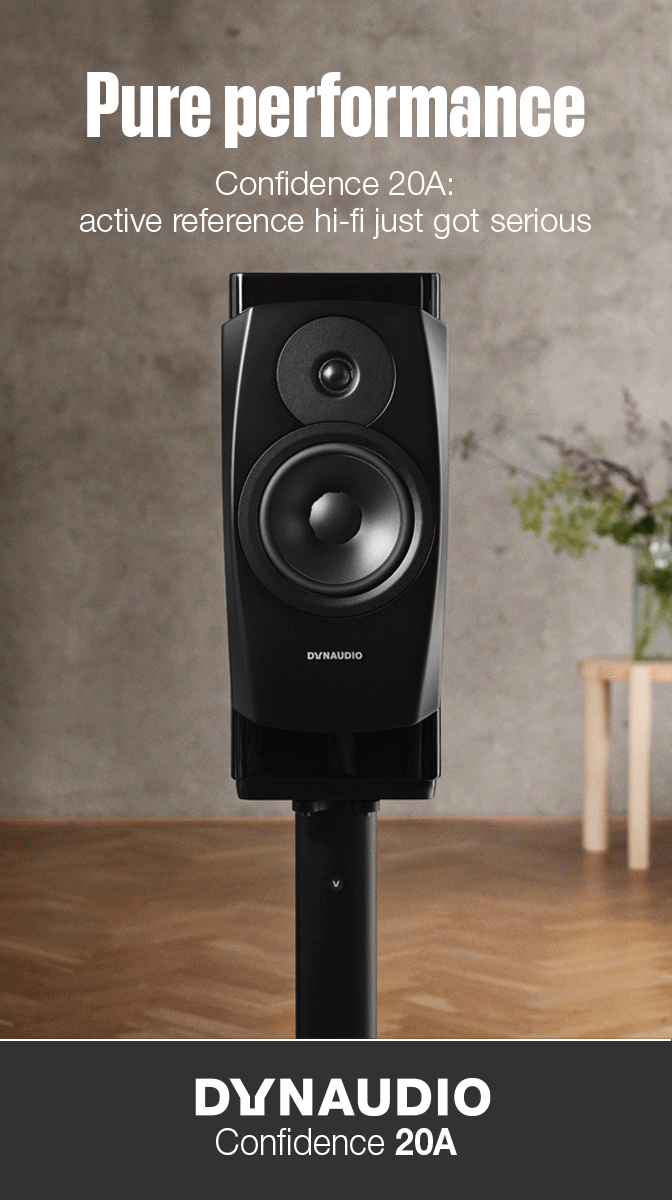
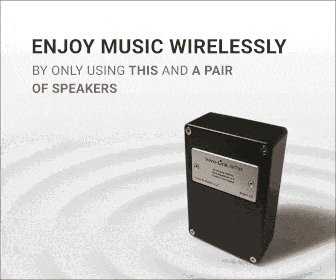
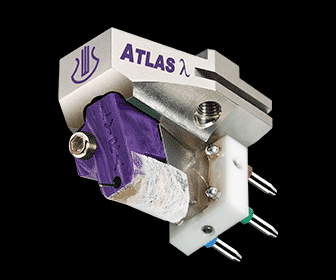

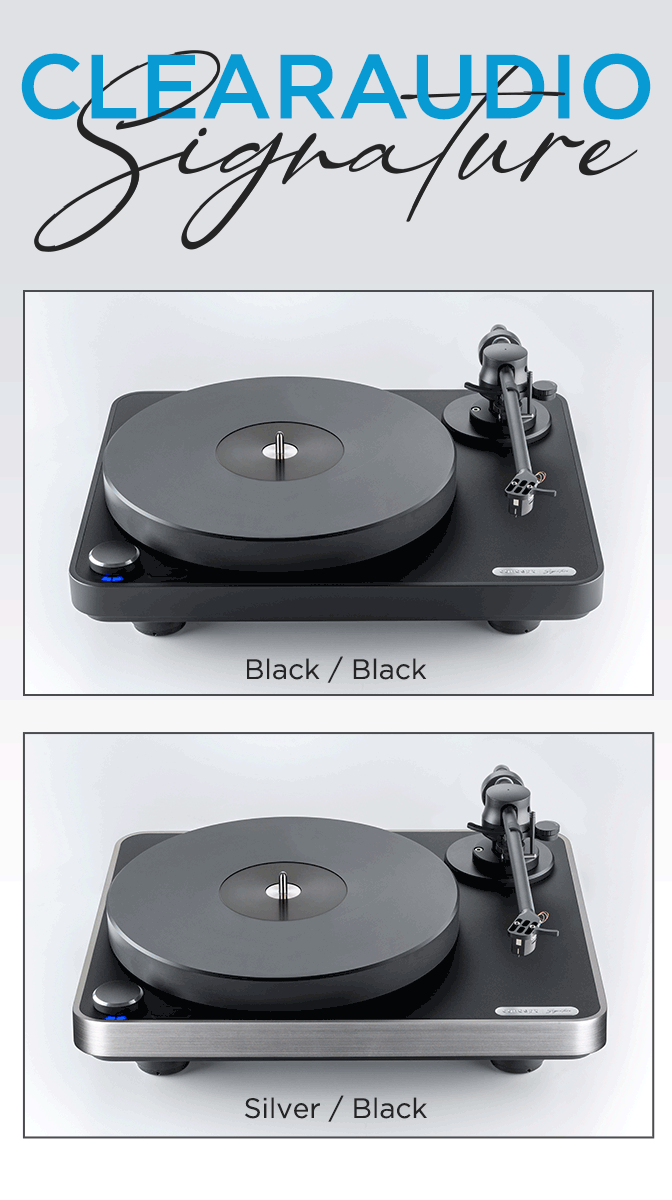

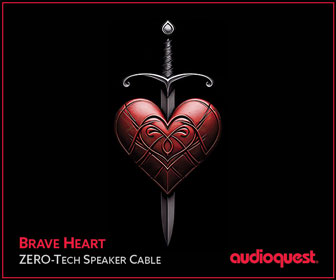
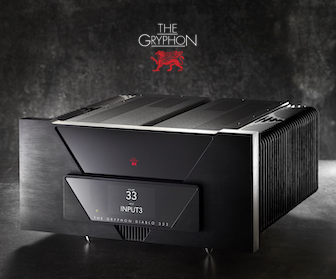
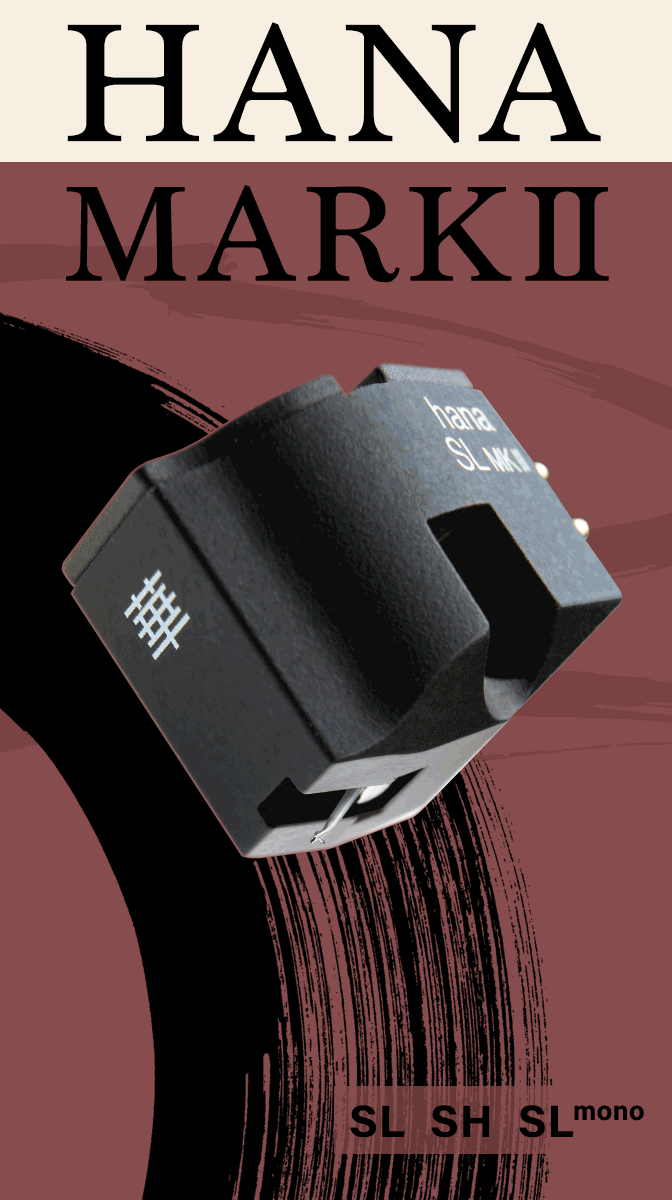


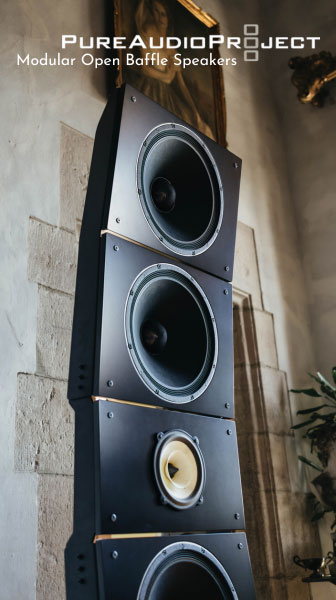
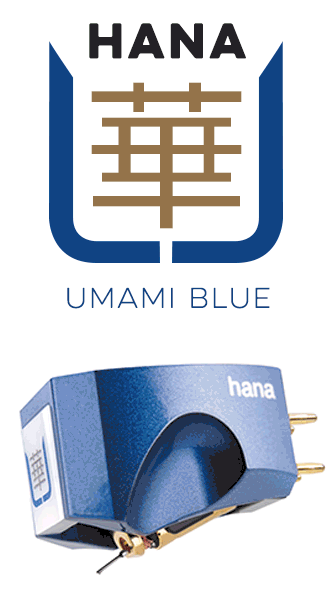





.png)








